Your cart is currently empty!
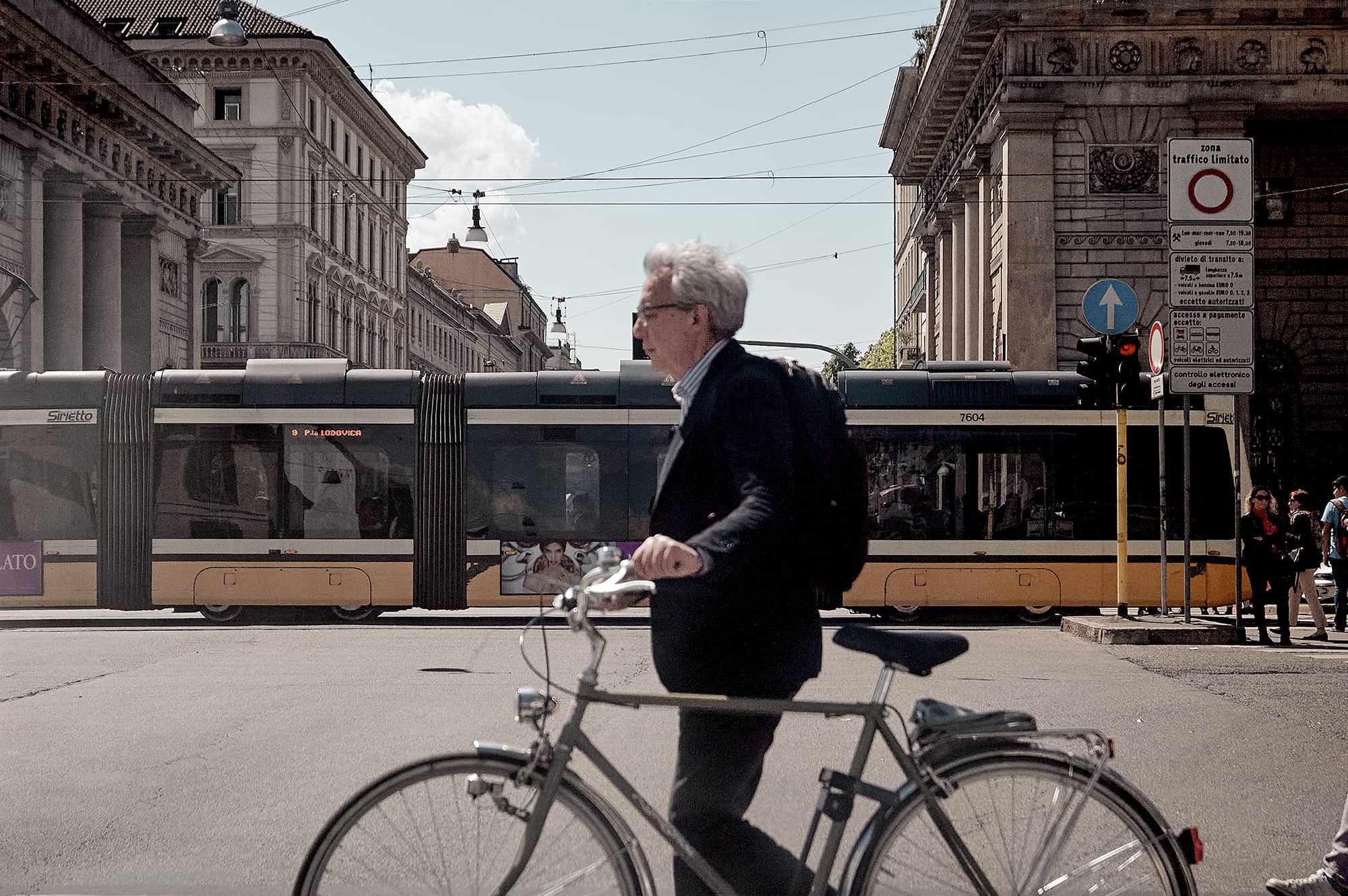
Street Photography
Street photography is a captivating genre that captures the essence of everyday life in public spaces. Unlike studio photography or other controlled environments, street photography thrives on spontaneity and the unexpected. It involves photographing people, urban landscapes, and the hustle and bustle of city life, often without the subjects’ knowledge. This candid approach allows photographers to capture genuine, unposed moments that reveal the true character and spirit of a place and its inhabitants.
The uniqueness of street photography lies in its ability to transform ordinary scenes into extraordinary visual narratives. Each photograph tells a story, encapsulating fleeting moments that might otherwise go unnoticed. Street photographers often rely on their keen observational skills and quick reflexes to seize these moments, making it a challenging yet rewarding genre.
What sets street photography apart from other types of photography is its emphasis on capturing the raw, unfiltered reality of public life. This genre is not just about the subjects within the frame but also about the context—how the environment, light, and composition work together to create a compelling image. The unpredictability of public spaces means that photographers must be adaptable and creative, often making split-second decisions to capture the perfect shot.
Street photography also holds a significant place within the broader history of photography. It has been a tool for social commentary, documenting cultural and societal changes over time. From the early works of pioneers like Henri Cartier-Bresson and Vivian Maier to contemporary artists pushing the boundaries of the genre, street photography continues to evolve, reflecting the dynamic nature of urban life.
As we delve deeper into the evolution and artistry of street photography, it is essential to understand its foundational principles and the elements that make it distinct. By doing so, we can appreciate not only the aesthetic value of these images but also their cultural and historical significance.
Historical Origins of Street Photography
Street photography, as a genre, traces its origins back to the embryonic stages of photographic history. The early pioneers who ventured into the streets with their cameras laid the foundational principles and aesthetics that continue to shape this art form today. One of the earliest figures in the realm of street photography was Eugène Atget, a French photographer who meticulously documented the architecture and street scenes of Paris in the late 19th and early 20th centuries. Atget’s work, characterized by its keen attention to detail and atmospheric quality, captured the essence of Parisian life, preserving a visual record of the city’s transformation during a period of significant urban change.
Henri Cartier-Bresson, often regarded as the father of modern street photography, brought a revolutionary approach to the genre. His philosophy of capturing the “decisive moment” emphasized the importance of timing and composition, allowing photographers to seize fleeting instances of human interaction and daily life. Cartier-Bresson’s work, primarily shot with a Leica camera, is renowned for its candid and spontaneous nature. He sought to remain unobtrusive, blending into the environment to capture genuine, unposed moments. His influence extended beyond mere technique; he established a philosophical framework that underscored the spontaneity and authenticity that have come to define street photography.
In the United States, Walker Evans brought a different perspective to street photography. Through his work with the Farm Security Administration during the Great Depression, Evans documented the lives of ordinary Americans with an unflinching eye. His photographs of urban and rural scenes offered a profound commentary on the socio-economic conditions of the time. Evans’ style was marked by its stark realism and meticulous composition, creating a compelling narrative of American life through his lens.
Together, these early photographers laid the groundwork for street photography, each contributing unique styles and perspectives that would influence countless others. Their work not only documented the cultural and urban landscapes of their times but also established street photography as a powerful medium for storytelling and social commentary. As we explore the evolution of this genre, it is essential to acknowledge these trailblazers whose legacies continue to inspire contemporary photographers.
The Golden Age of Street Photography
The mid-20th century is often heralded as the ‘Golden Age’ of street photography, a period marked by a profound transformation in the visual documentation of urban life. This era saw the emergence of photojournalism as a powerful medium, with photographers like Robert Frank, Garry Winogrand, and Diane Arbus becoming pivotal figures. Their work not only captured the essence of everyday life but also reshaped public perception, elevating street photography to an esteemed art form.
Robert Frank’s seminal work, “The Americans,” published in 1958, is often credited with revolutionizing street photography. His candid shots of American society, infused with a raw, unvarnished aesthetic, provided a stark contrast to the more polished images of the time. Frank’s ability to capture the complexities and contradictions of American life resonated with both the public and critics, paving the way for a new, more introspective approach to the genre.
Garry Winogrand, another luminary of this era, brought a dynamic energy to street photography. His images, often characterized by their spontaneity and sense of immediacy, offered viewers a glimpse into the vibrancy of urban life. Winogrand’s approach was less about meticulous composition and more about capturing the fleeting moments that define daily existence. His work underscored the idea that the beauty of street photography lies in its ability to seize the ephemeral, the unexpected.
Diane Arbus, on the other hand, delved into the fringes of society, capturing portraits of individuals who were often marginalized or overlooked. Her empathetic approach and unflinching gaze brought a humanistic depth to street photography. Arbus’s work challenged viewers to confront their preconceptions and broadened the scope of what street photography could encompass.
The collective impact of these photographers during the Golden Age was transformative. They expanded the narrative potential of street photography, demonstrating that it could be both a form of artistic expression and a powerful tool for social commentary. Their contributions helped to cement street photography’s status as a legitimate and respected art form, influencing generations of photographers to come.
The advent of digital technology has ushered in a new era for street photography, transforming the way photographers capture and share their work. Modern street photography has embraced these technological advancements, resulting in a dynamic and constantly evolving art form. The transition from film to digital cameras has significantly lowered the barrier to entry, allowing more individuals to explore their creative potential without the constraints of costly film and development processes.
One of the most notable changes in contemporary street photography is the influence of social media, particularly platforms like Instagram. These platforms have democratized the art form, enabling photographers from all walks of life to showcase their work to a global audience. The instant feedback and vast reach provided by social media have empowered street photographers to gain recognition and build a following more rapidly than ever before.
In terms of techniques, modern street photographers are experimenting with a variety of styles and approaches. The use of color has become more prevalent, diverging from the traditional black-and-white format that dominated earlier street photography. Additionally, advancements in camera technology, such as improved low-light performance and faster autofocus, have expanded the possibilities for capturing candid moments in diverse lighting conditions.
Current trends in the genre often reflect societal changes and urban experiences. Themes such as urban isolation, the juxtaposition of old and new, and the impact of technology on human interactions are frequently explored. This thematic evolution showcases the adaptability and relevance of street photography in reflecting contemporary life.
A new generation of street photographers is also making significant contributions to the field. These photographers are not only skilled in traditional techniques but are also adept at leveraging digital tools to enhance their work. Influential figures in modern street photography often share their insights and techniques through online tutorials and workshops, fostering a collaborative and educational community.
Overall, the evolution of street photography in the digital age highlights its resilience and versatility as an art form. With continuous advancements in technology and the ever-growing influence of social media, street photography is poised to remain a vital and vibrant means of visual storytelling in the modern world.
Notable Street Photographers
Street photography has been marked by the works of numerous iconic photographers whose unique styles and contributions have significantly shaped the genre. One of the most influential figures in the history of street photography is Henri Cartier-Bresson. Known for his concept of the “decisive moment,” Cartier-Bresson’s work captures spontaneous, ephemeral moments with a keen sense of composition and timing. His notable works include “Behind the Gare Saint-Lazare” (1932) and the documentation of pivotal historical events, such as the Spanish Civil War and the liberation of Paris.
An enigmatic figure who gained posthumous acclaim, Vivian Maier, worked as a nanny while secretly capturing over 100,000 photographs that were discovered only after her death. Maier’s work offers a rich, unfiltered glimpse into mid-20th-century American life. Her images, characterized by their candid nature and deeply humanistic approach, have garnered significant attention and admiration in recent years, making her an essential name in street photography.
Bruce Gilden, renowned for his confrontational style, brings an intense, in-your-face approach to street photography. His close-up, flash-lit portraits of everyday people reveal raw, unguarded expressions, often highlighting the gritty reality of urban life. Gilden’s distinctive method is evident in works such as “Facing New York” (1992) and various projects documenting the streets of Tokyo and other major cities.
Alex Webb is celebrated for his vibrant color photography and complex compositions. Webb’s work often explores the interplay of light and shadow, capturing the vibrant chaos and cultural nuances of the streets. His acclaimed photo books, such as “Istanbul: City of a Hundred Names” (2007) and “The Suffering of Light” (2011), showcase his ability to convey the rich tapestry of urban environments through his lens.
Each of these photographers has contributed uniquely to the art of street photography, pushing its boundaries and expanding our understanding of the urban experience. Their diverse styles and perspectives continue to inspire both established and emerging photographers in the field.
Technical Aspects of Street Photography
Street photography, a genre celebrated for its spontaneity and authenticity, relies heavily on technical proficiency to capture the essence of urban life. One fundamental aspect is the choice of camera settings. Many street photographers prefer using manual settings to maintain control over exposure and depth of field. A fast shutter speed, typically above 1/250th of a second, is crucial to freeze motion and capture crisp images. Paired with a wide aperture, such as f/2.8 or wider, this setup allows for ample light intake and creates a pleasing background blur, isolating the subject effectively.
Lighting plays a pivotal role in street photography. Natural light is often the best source, with early mornings and late afternoons offering the most flattering, soft illumination. However, street photographers must also learn to work with harsh midday light, using shadows creatively to add depth and contrast to their images. In low-light conditions, increasing the ISO setting can help maintain a fast shutter speed, though it’s essential to balance this to avoid excessive noise.
Timing is another critical element. The ability to anticipate and capture decisive moments sets great street photographers apart. This skill often comes with experience, requiring a keen eye and patience. Observing the environment and the interactions within it, photographers can predict and seize split-second moments that tell compelling stories.
Perspective and composition are equally essential. Utilizing techniques such as the rule of thirds, leading lines, and framing can enhance the visual appeal of an image. Experimenting with angles—shooting from low or high vantage points—can also offer unique perspectives that make ordinary scenes extraordinary. Additionally, incorporating elements like reflections, patterns, and textures can add layers of meaning and interest to street photographs.
For budding street photographers, practice is key. Walking the streets with a camera regularly helps in becoming more comfortable with the unpredictable nature of this genre. Engaging with the environment and people, and being respectful and unobtrusive, are vital to capturing genuine, candid moments. By honing these technical skills and developing a personal style, photographers can create impactful street photography that resonates with viewers.
Choosing the Right Camera for Street Photography
Selecting the appropriate camera for street photography is a pivotal decision that influences both the quality of images and the photographer’s experience. Street photography demands a camera that balances portability, discretion, and high image quality. In this analysis, we will explore the most widely used and suitable options: DSLRs, mirrorless cameras, and compact cameras.
DSLR cameras have long been favored by professionals for their robust build, exceptional image quality, and versatility. They offer a wide range of interchangeable lenses and extensive manual controls, allowing photographers to adapt to various shooting conditions. However, DSLRs tend to be bulkier and more conspicuous, which can be a drawback in the context of street photography where discretion is often key. Popular models such as the Canon EOS 5D Mark IV and Nikon D850 are celebrated for their reliability and performance but may not be the best choice for those prioritizing portability.
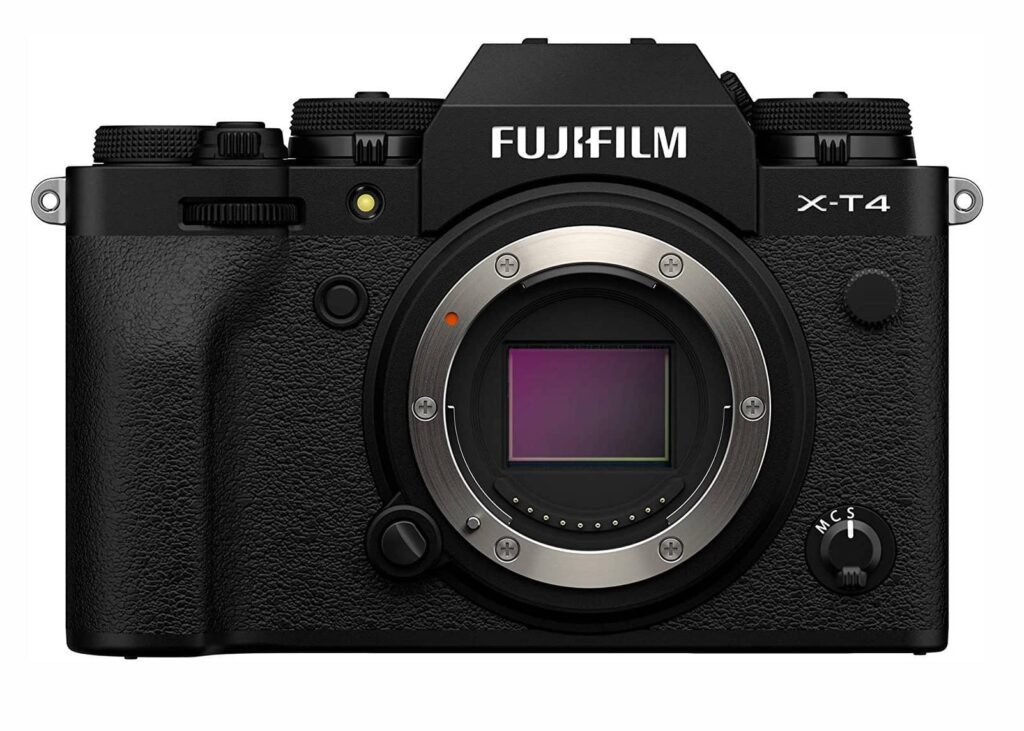
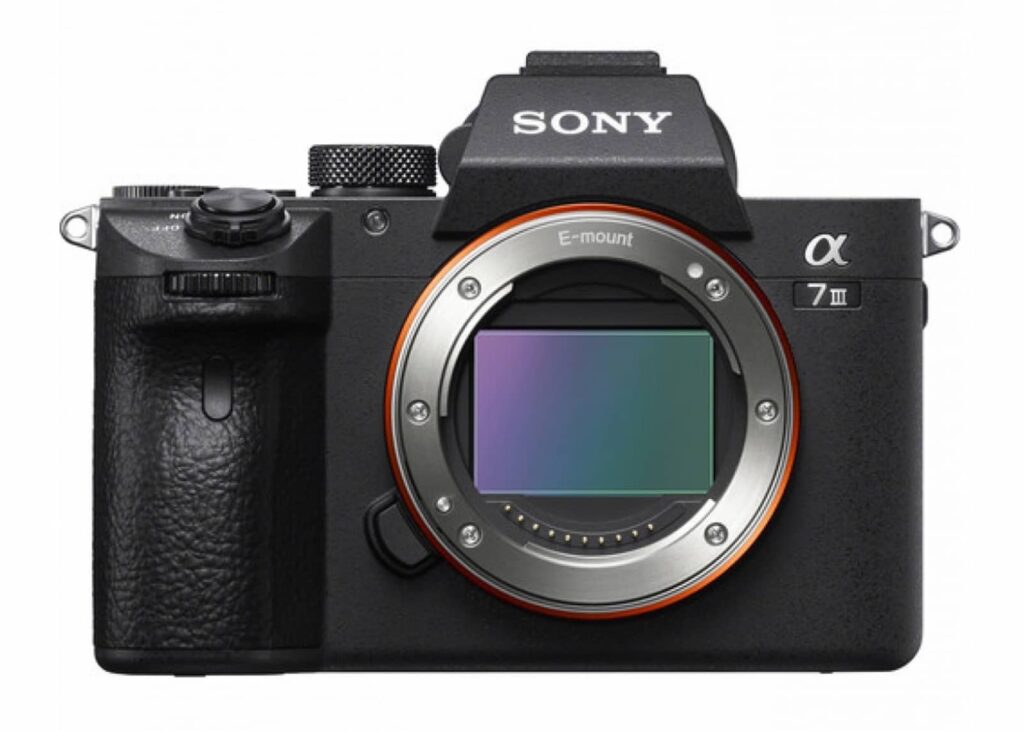
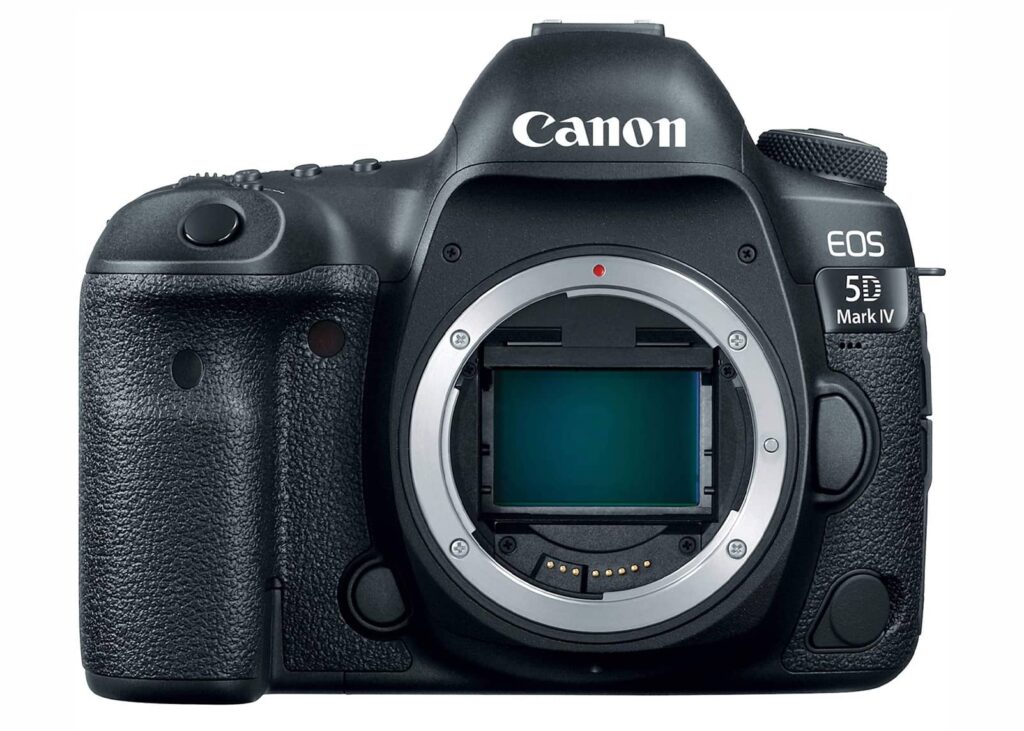
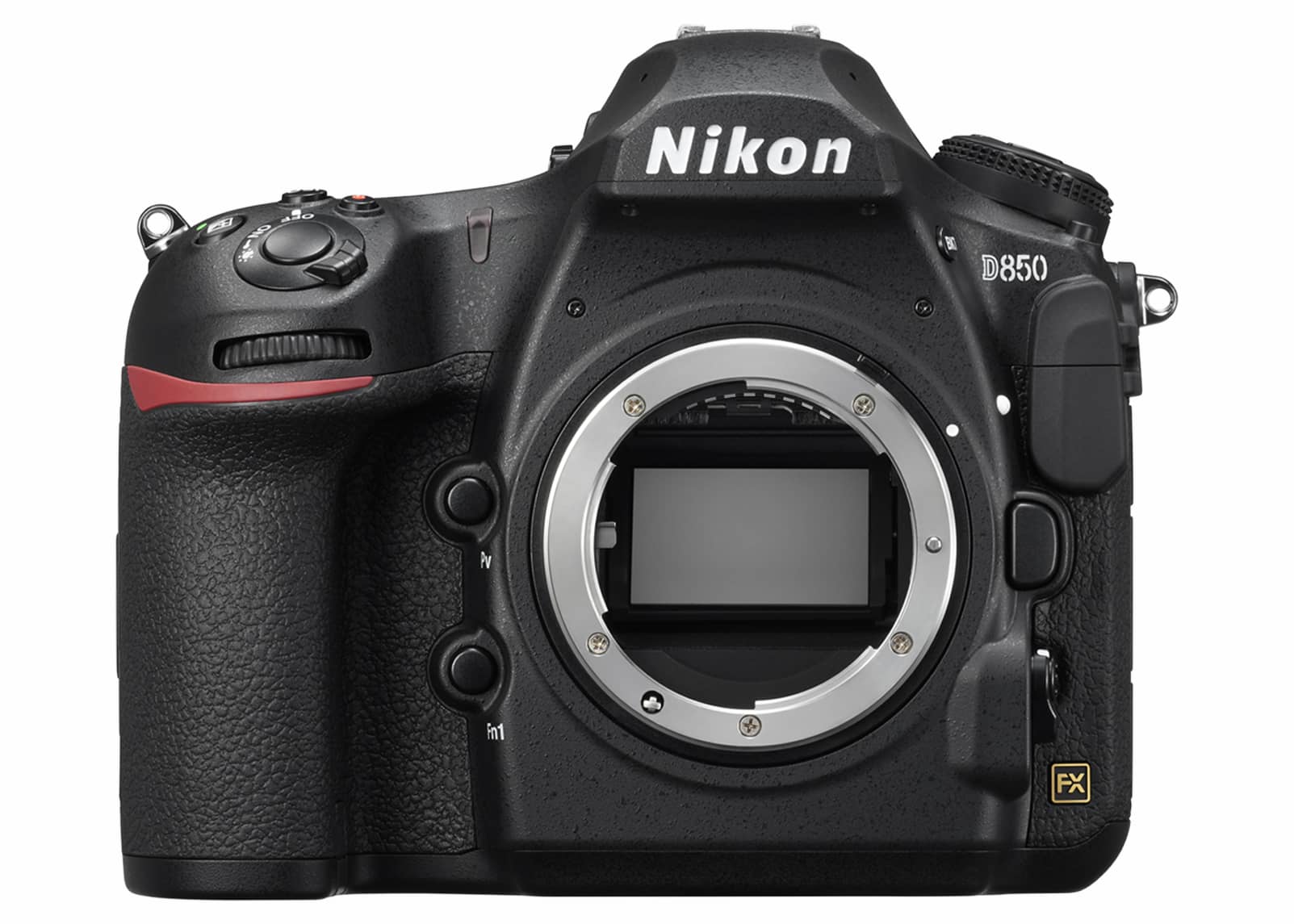
Mirrorless cameras have gained significant traction among street photographers due to their compact size and advanced capabilities. These cameras offer excellent image quality comparable to DSLRs while being lighter and more portable. Additionally, the electronic viewfinders (EVF) in mirrorless cameras provide real-time previews of exposure and other settings, enhancing the shooting experience. Notable models include the Sony Alpha a7 III and Fujifilm X-T4, both of which are highly regarded for their fast autofocus, image stabilization, and seamless integration of modern technology.
Compact cameras, often referred to as point-and-shoot cameras, are another viable option for street photographers who value discretion. These cameras are incredibly portable and can be easily carried in a pocket, making them ideal for spontaneous shooting. While they may not offer the same level of control and flexibility as DSLRs or mirrorless cameras, high-end models like the Ricoh GR III and Sony RX100 VII deliver impressive image quality and advanced features in a minimalist design. These cameras are particularly favored for their ability to blend into the environment, enabling photographers to capture candid moments without drawing attention.
Ultimately, the choice of camera depends on individual preferences and shooting style. Whether opting for the comprehensive control of a DSLR, the modern conveniences of a mirrorless camera, or the stealth of a compact camera, the key is to find a tool that complements the photographer’s vision and approach to street photography.
The Future of Street Photography
As we look ahead, the future of street photography appears both promising and complex. This dynamic genre, which thrives on capturing candid moments in public spaces, is likely to evolve with advancements in technology. High-quality smartphone cameras and advanced editing tools have made it easier than ever for photographers to capture and share their work instantly. Moreover, artificial intelligence and machine learning are beginning to influence the way images are captured and processed, offering new creative possibilities.
However, these technological advancements also bring challenges. The ubiquity of cameras in public spaces raises ethical concerns about privacy and consent, which could lead to stricter regulations and limitations. Furthermore, the ease of digital manipulation might threaten the authenticity that is the cornerstone of street photography. As such, photographers must navigate these concerns carefully, ensuring that the spontaneity and rawness of their work remain intact.
Another trend likely to shape the future of street photography is the growing emphasis on diverse narratives and perspectives. As global connectivity increases, photographers have greater opportunities to document a wider range of cultures and experiences. This inclusivity enriches the genre, offering audiences a more comprehensive view of the human condition across different societies.
Despite these changes, the core appeal of street photography endures. The genre’s ability to capture the mundane yet poignant moments of everyday life continues to resonate with both photographers and viewers. It serves as a visual diary of our times, preserving fleeting moments that might otherwise go unnoticed. As we move forward, the challenge will be to preserve the authenticity and spontaneity that define street photography, while embracing the innovations that enhance its artistic potential.
In essence, the future of street photography will be shaped by a delicate balance between technological advancements and the preservation of its fundamental principles. By staying true to the essence of capturing unposed, real-life moments, street photographers will continue to provide a unique and invaluable window into the world around us.
